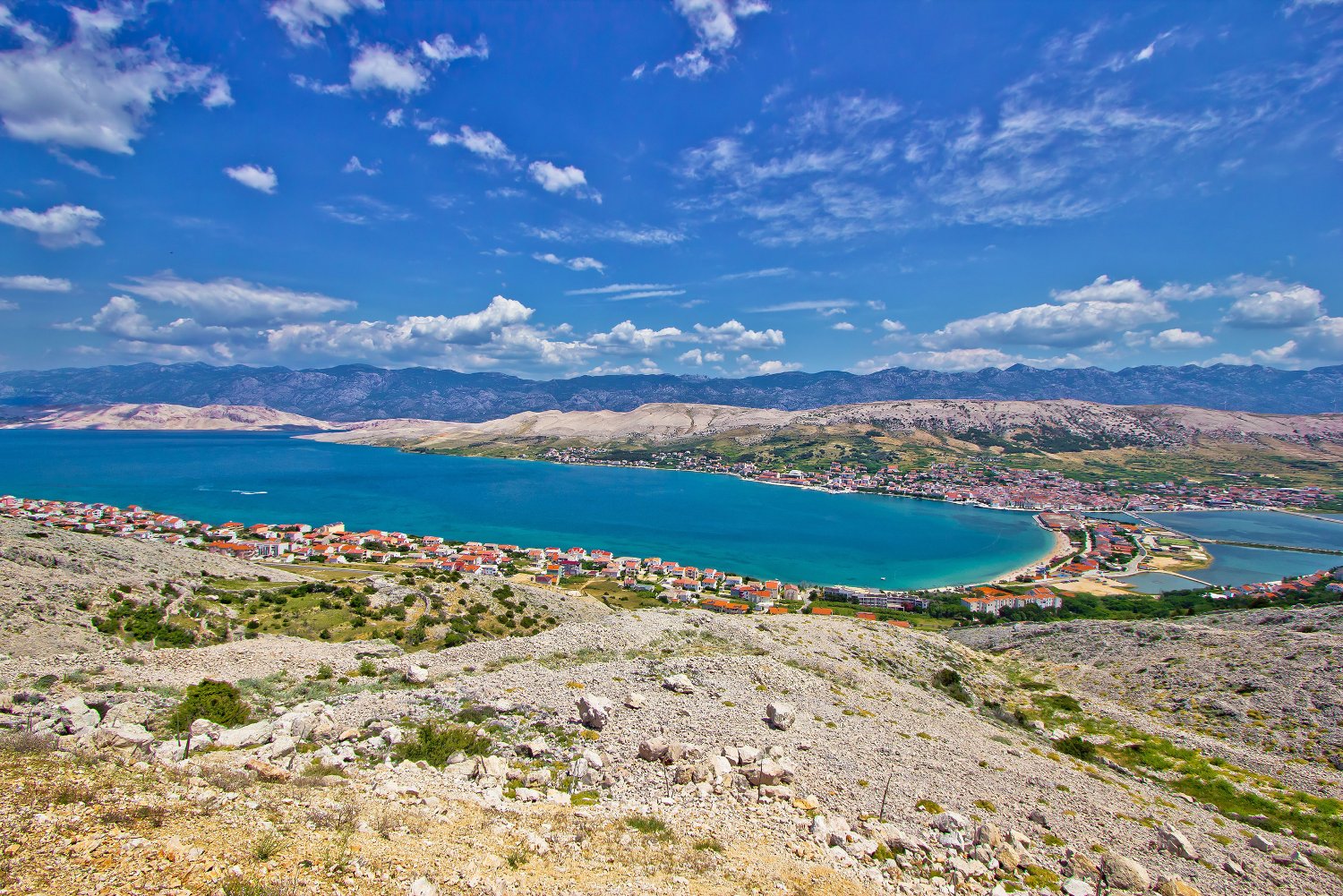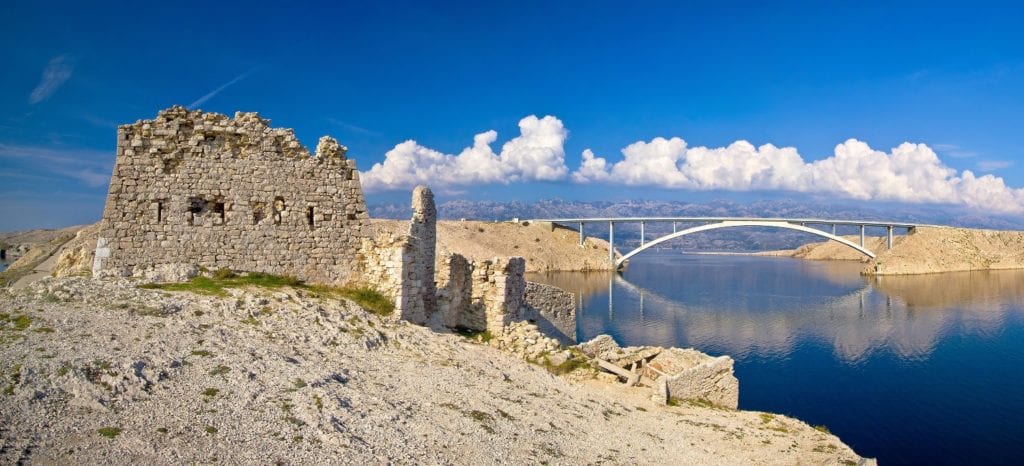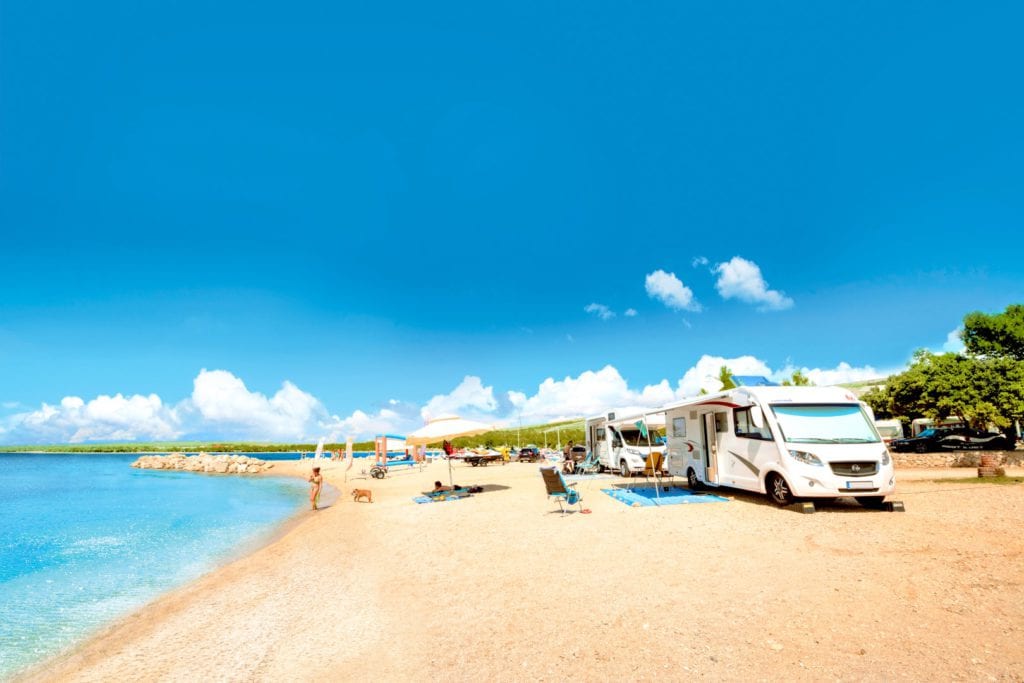Today a modern holiday paradise, once a place of many battles. Find out everything about the intriguing history of the magnificent island of Pag!

The fifth-largest Croatian island attracts hundreds of tourists each year. The island of Pag is home to modern villas and campsites equipped with everything a family on a vacation might need, as well as some interesting archaeological sites. How did it all begin? Read our blog and learn more about Pag island history.

The age of Liburnians, Romans and Croats
The island of Pag had its first settlers during the Neolithic but the first known residents were the Liburnians. Necropolises and fortified settlements, aka Liburnian remains, can still be found scattered all over the island. During the 1st century the Romans took charge — there is even a document with the first written mention of the island as proof of their conquests.
Finally, Croats came to the island at the end of the 7th century and Pag officially became part of the mighty Croatian state in the 9th century. The first villages they’ve established were Dinjiška, Stara Vasa and Vlašići.
The battles for the island
One of the crucial historical events happened in 1071 when the Croatian king Petar Krešimir the 4th divided the island in two: one part was under the jurisdiction of the Bishop of Rab and the other of the Bishop od Nin. After that, many fights for supremacy over the island occurred. Some resulted in the devastation of towns, like the town of Kisa, while others benefited their development.
The towns that grew the most over that period were Pag, the island’s capital, and Novalja. The town of Pag has a particularly turbulent past, which is why it changed location on multiple occasions.
The Habsburg Monarchy and modern times
The first significant economic development occurred during the Habsburg Monarchy when roads and boat docks were being built across the whole island. After centuries of Austrian and Italian occupation, the island started to feel more like a true Croatian island at the end of the 19th century, when Croatian became the official language.
With the creation of the modern Croatian state, the island experienced a real boom in tourism and became one of the most attractive destinations in the Adriatic. One of the many reasons tourists decide on vacationing there is the Pag island bridge that connects the island with the mainland and makes reaching even the most distant villages easy.
Whether they’re looking for pristine nature, hidden coves, lush forests or unique landscapes, visitors can find all that and more on one of the most breathtaking islands in Croatia. Book your stay in Šimuni and enjoy all this Adriatic gem has to offer!
